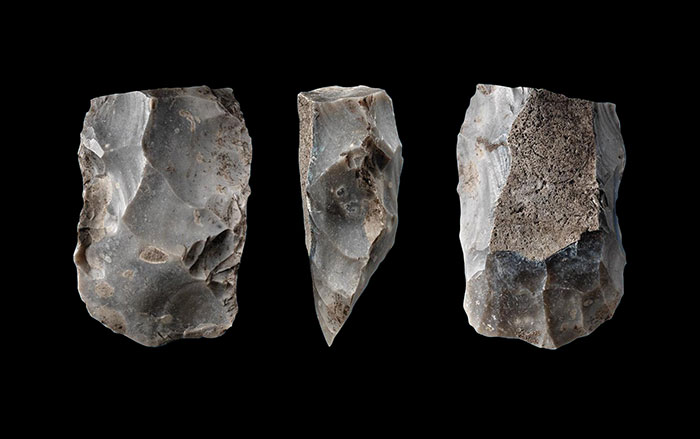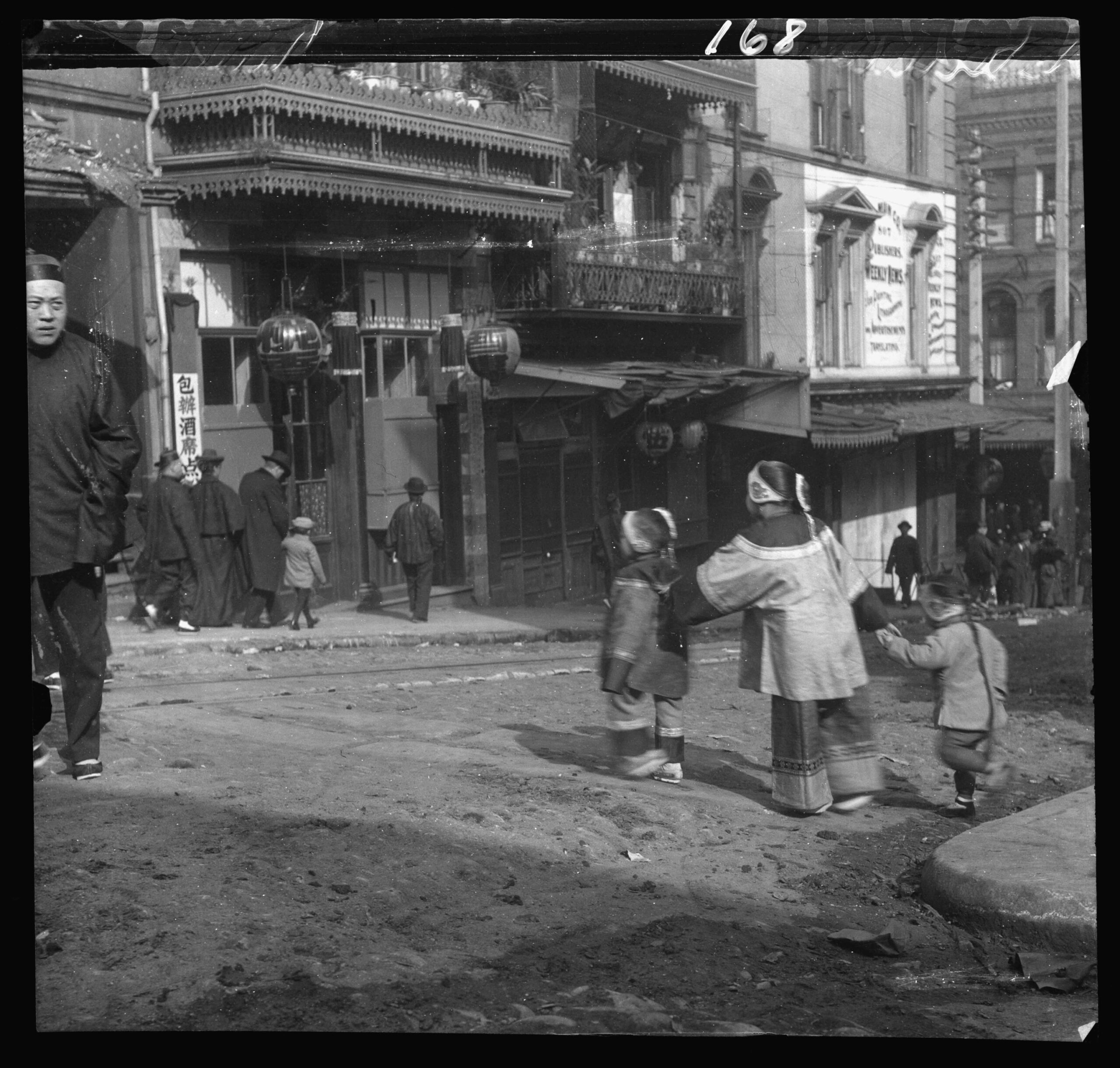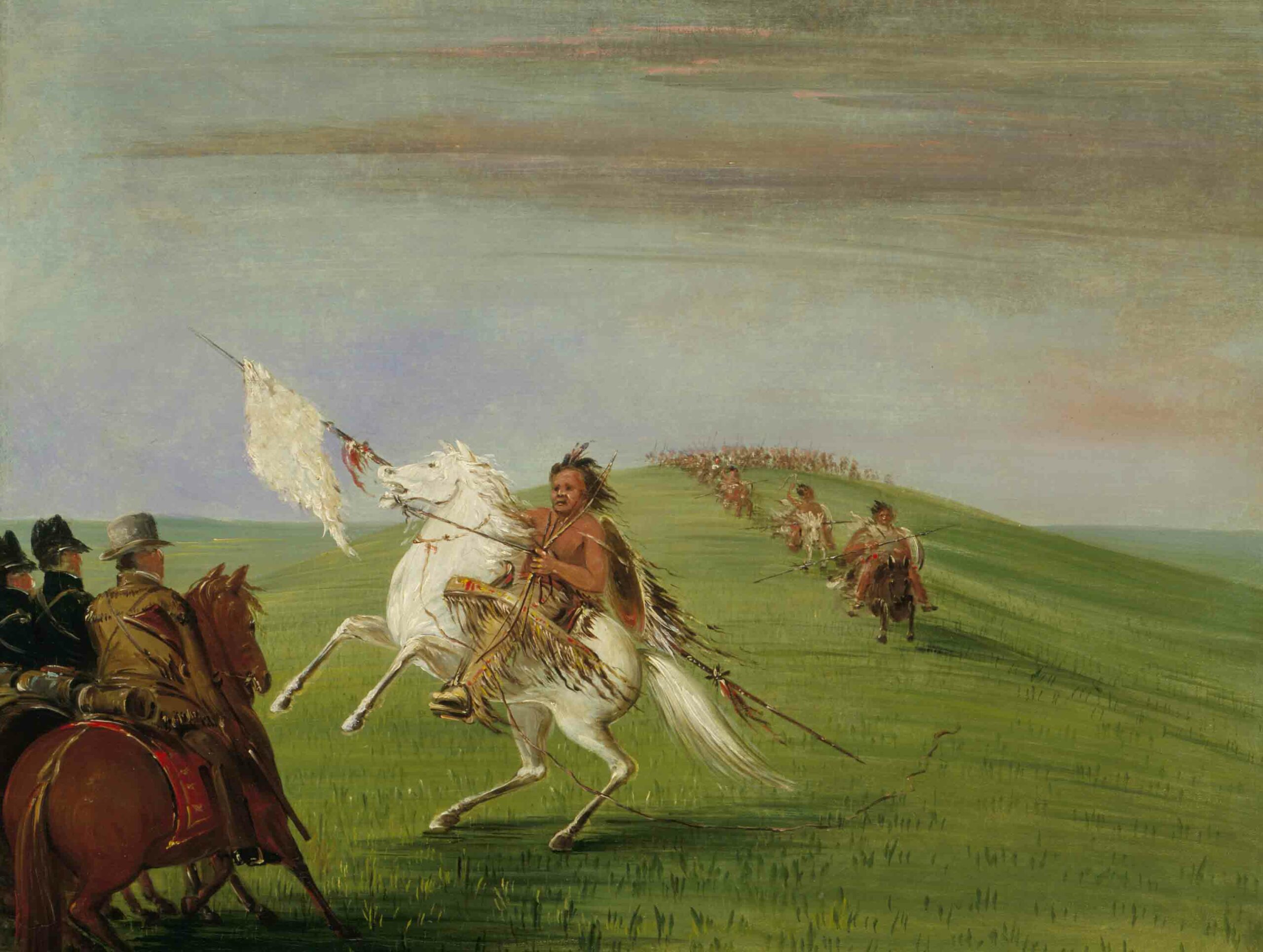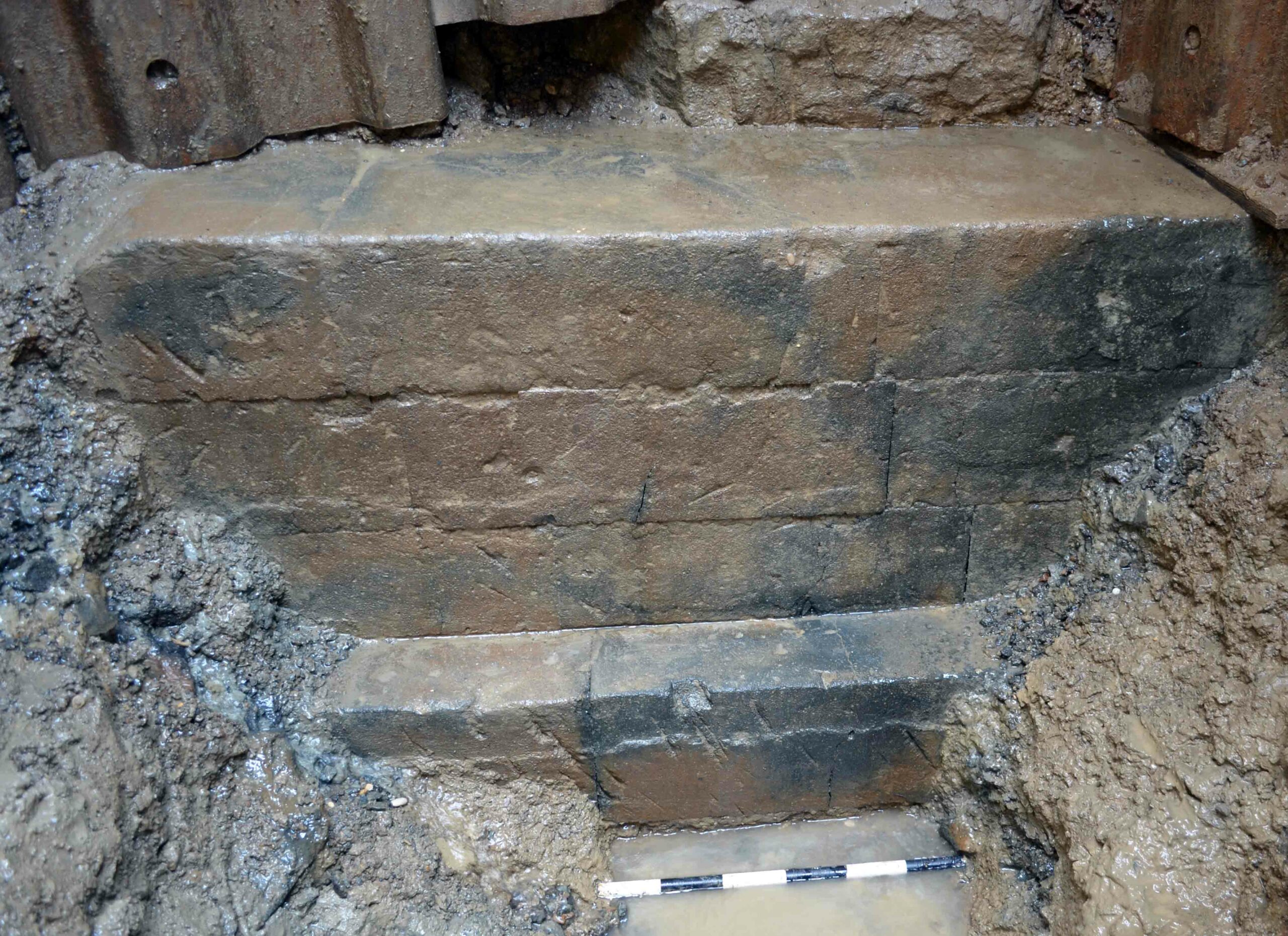
The woman, dead at 30, was buried 1,900 years ago in an oak log near Juellinge, Denmark. Interred with her was a long-handled bronze strainer that still held residue of a fermented drink she may have been meant to enjoy in the afterlife.
Now the ingredients and even the flavor of that drink, a “grog” made from local fruits, grains, and herbs mixed with grape wine from southern Europe, are becoming clearer. University of Pennsylvania archaeologist Patrick McGovern has applied biomolecular techniques to organic residue taken from four ancient Scandinavian artifacts, including the woman’s strainer, a clay jar, and pieces of Roman bronze drinking sets, dating to between 1500 B.C. and A.D. 200.
Using a method called solid phase micro-extraction, McGovern found volatile organic compounds that are biomarkers for ingredients such as lingonberry, bog cranberry, rye, barley, juniper, birch, pine, bog myrtle, and yarrow. Tandem mass spectrometry then showed the presence of tartaric acid, the biomarker for wine.
“This work is the first to prove that wine was being traded from the south to the north at this time,” says McGovern. It has also created a detailed, consistent picture of ancient Scandinavia’s preferred beverage of distinction. McGovern is working with Delaware’s Dogfish Head Brewery—as he has on previous concoctions based on ancient residues—to create a modern rendition of the sour, fruity, herbaceous grog.










